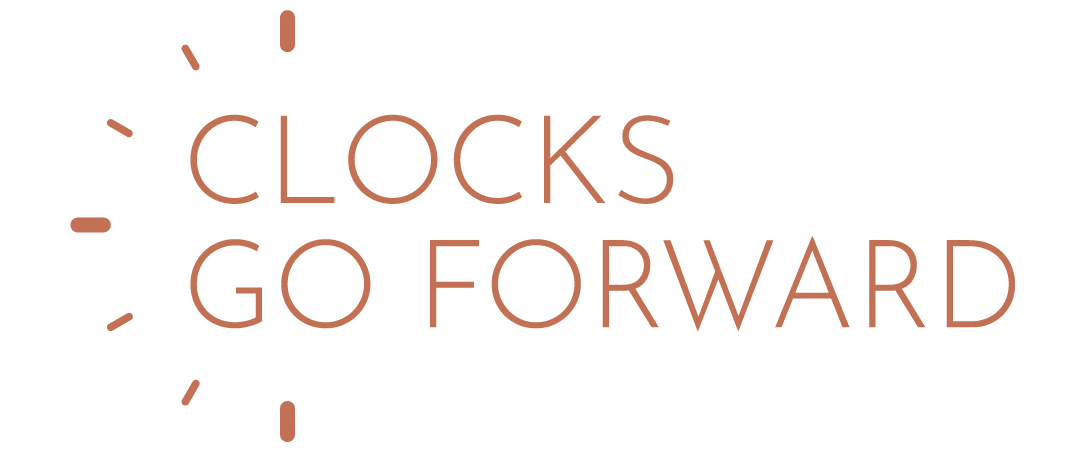No! Think of debt as a spectrum. Some forms of debt are dangerous, but others can actually push us forward rather than hold us back.
Here are three metrics to help you determine where your debt falls on the spectrum and what to pay off first.
- Is it tax-deductible? If you’re a business owner and have a corporate credit card you use exclusively for business expenses, the interest would be tax-deductible. Or, if you’re an investor who is comfortable with leverage, borrowing money to add to your investment portfolios in taxable accounts is also tax-deductible. Or, if you take out a mortgage to buy a rental property as an investment, the interest may also be deductible.
- Is your debt funding an asset that is increasing or decreasing in value? What are you borrowing for? To spend more on clothes and dinner dates, or to purchase an asset that has the potential to increase in value, like a house or investment? There’s nothing wrong with clothes and dinner dates, but you shouldn’t use debt to spend if you can help it. In the wise words of Sandy Aitken, “Never borrow to spend. Borrow to invest – and use your own cash to spend.”
- What interest rate are you paying? Low = good. High = bad. 1-4% is low. 5-7% is fine, and anything over 8% is high.
If your debt is tax-deductible, funding a valuable asset and your interest rate is low, your debt is productive. If you borrow to spend for personal use and your interest is high, you should prioritize paying it off sooner. And if your debt is a little of both, it falls somewhere in the middle.
Lastly, if your debt is really overwhelming, let us know, and we can help you find the right professional to help you through it before making a decision like cashing in your RRSPs or other assets.
If you would like to discuss your debt situation further, please do not hesitate to reach out. We would be happy to point you in the right direction.







